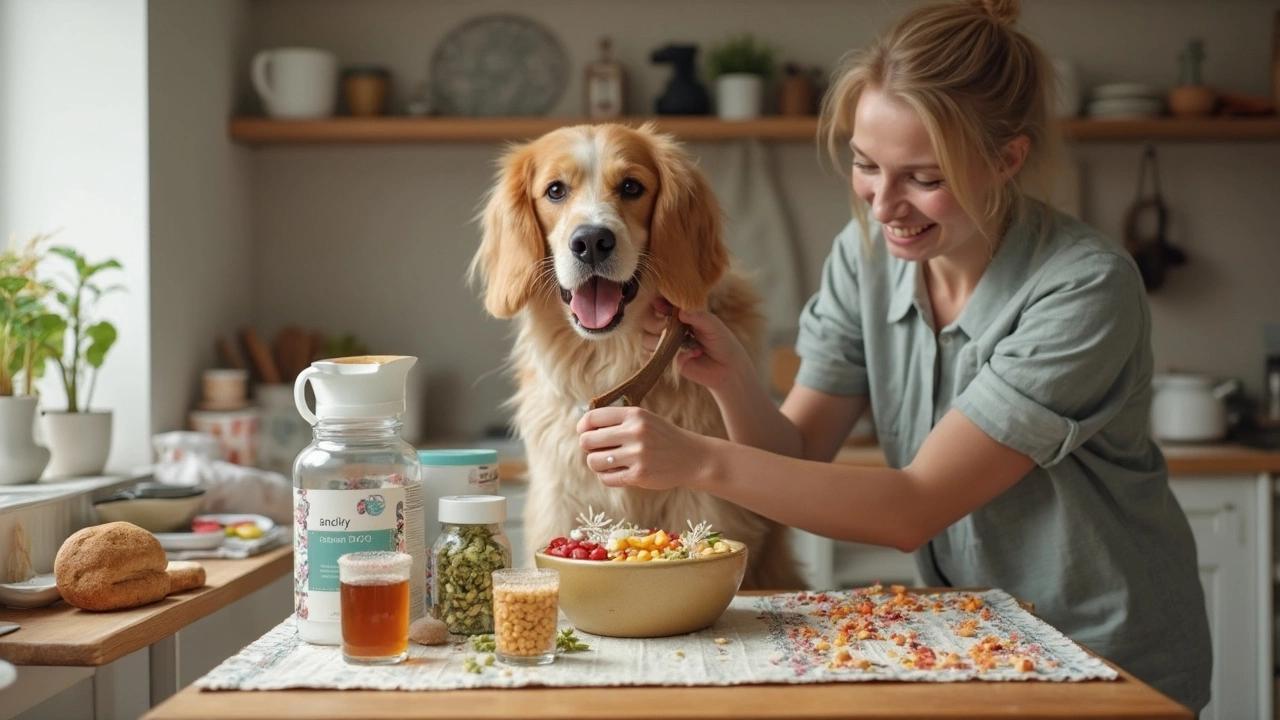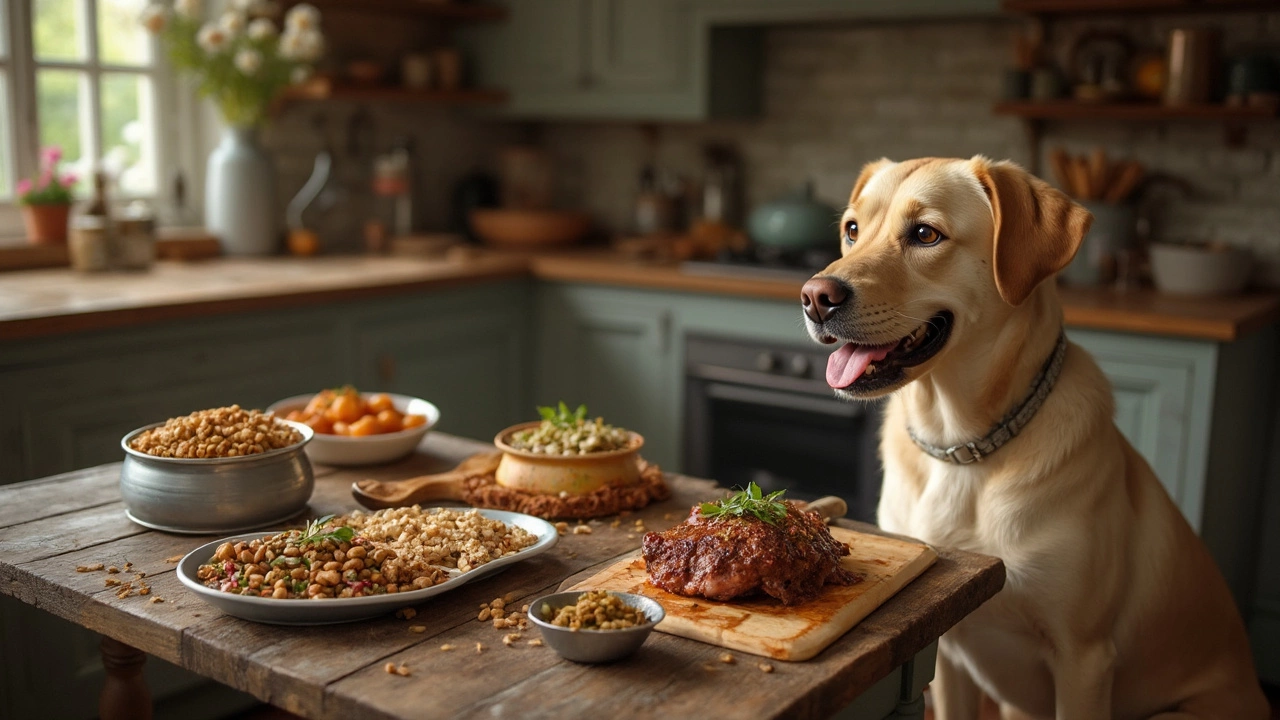Feeding Dogs Made Simple: Practical Tips for Healthy Meals
Getting your dog's meals right doesn't have to be a headache. Most owners wonder when to feed, how much, and what to pick from the aisles. Below you’ll find straightforward answers you can use today, no need for a pet‑nutrition degree.
Pick the Right Food for Your Dog's Life Stage
Adult dogs need a balanced mix of protein, fat, and carbs. Look for a label that lists real meat first and avoids vague terms like "meat meal" or "animal by‑product." Puppies, on the other hand, need extra calories and DHA for brain growth, so a puppy‑specific formula is best until they hit about a year old. Senior dogs often benefit from joint‑support ingredients such as glucosamine.
Set a Consistent Feeding Schedule
Most dogs thrive on two meals a day—morning and evening. Aim for the same times each day; consistency helps with digestion and reduces bathroom accidents. If you work late, the evening meal can be served anywhere between 5 pm and 8 pm. Avoid feeding right before bedtime; give a two‑hour window so your dog can digest before sleeping.
Portion size depends on weight, activity level, and the food's calorie count. A quick way to estimate is to read the feeding chart on the bag, then adjust up or down a little based on your dog's body condition. You should be able to feel their ribs without too much fat covering.
Mixing wet and dry food can keep meals interesting and boost hydration. If you add a spoonful of canned food to kibble, do it sparingly to avoid excess calories. Fresh water should always be available, especially if you feed mostly dry food.
Watch out for common feeding mistakes. Leaving kibble out all day encourages free‑feeding, which can lead to weight gain. Also, avoid feeding table scraps; many human foods are toxic or heavy on fat.
When you travel, pack pre‑measured meals in a portable container. Stick to the same brand your dog knows to prevent stomach upset. If you need to change diet, do it gradually over a week by mixing increasing amounts of the new food.
By picking the right food, keeping a steady schedule, and watching portions, you give your dog a solid foundation for health. Simple steps, big payoff—more energy, shinier coat, and fewer vet visits.
Posted By Bryndle Redding On 10 Jun 2025 Comments (0)
Supplements for Homemade Dog Food: What Your Pup Really Needs
Balancing homemade dog food isn't as easy as tossing together chicken and rice. Dogs have specific nutritional needs that aren't always met with regular human food, so picking the right supplements is critical. Whether you're cooking for a picky eater or trying to avoid common allergens, certain vitamins and minerals can make a major difference in your pup's health. This article breaks down the must-have supplements, explains why they're needed, and shows you how to use them safely. It's written for anyone who wants to keep their dog's homemade meals both tasty and healthy.
READ MOREPosted By Bryndle Redding On 15 Feb 2025 Comments (0)
Best Dog Foods: What to Feed Your Furry Friend
Choosing the right food for your dog can feel overwhelming with so many options out there. But knowing what nutrients dogs need makes the decision easier. From kibble to homemade meals, there are pros and cons to every choice. This article covers key tips to help you choose the best dog food tailored to your pet's unique needs.
READ MORE
